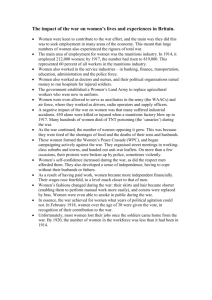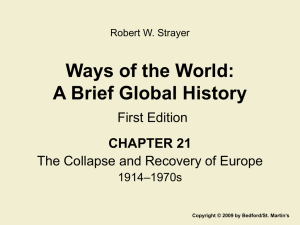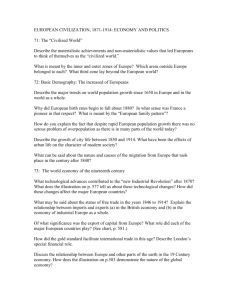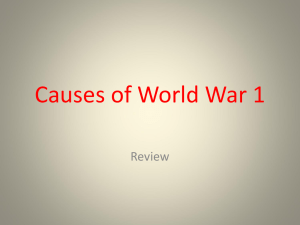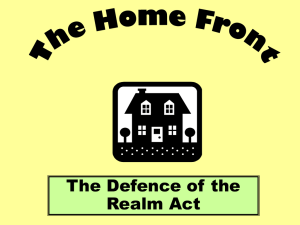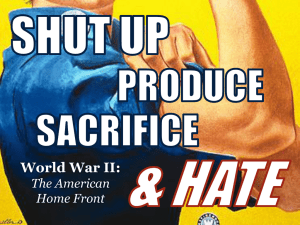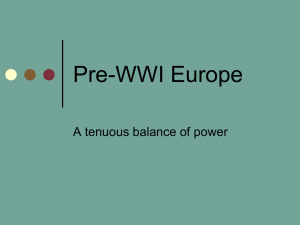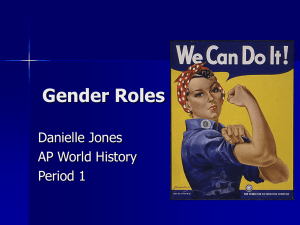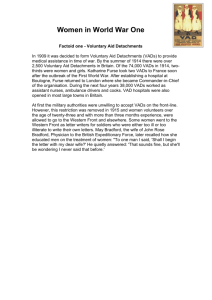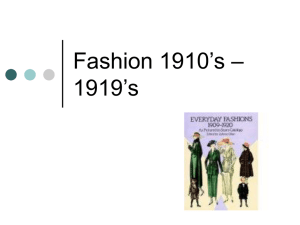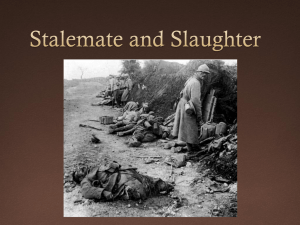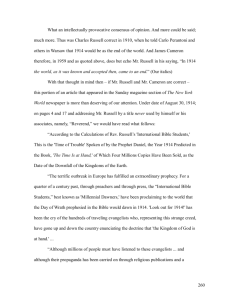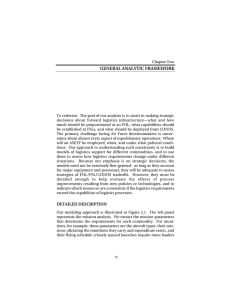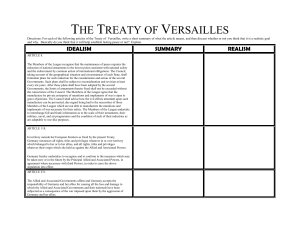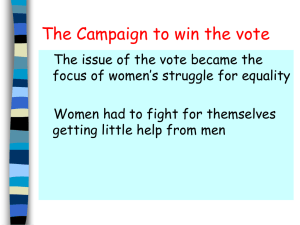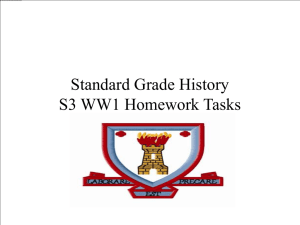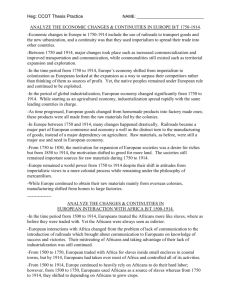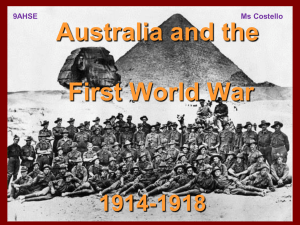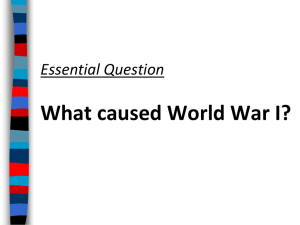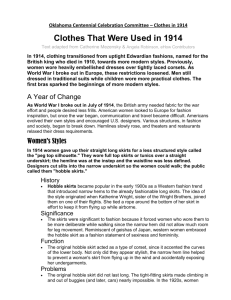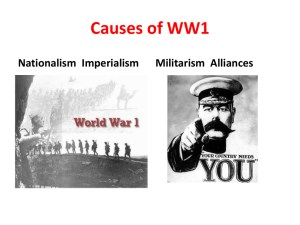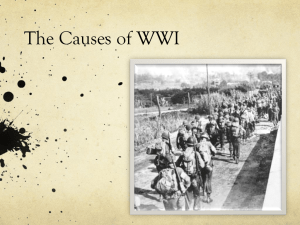Women
advertisement
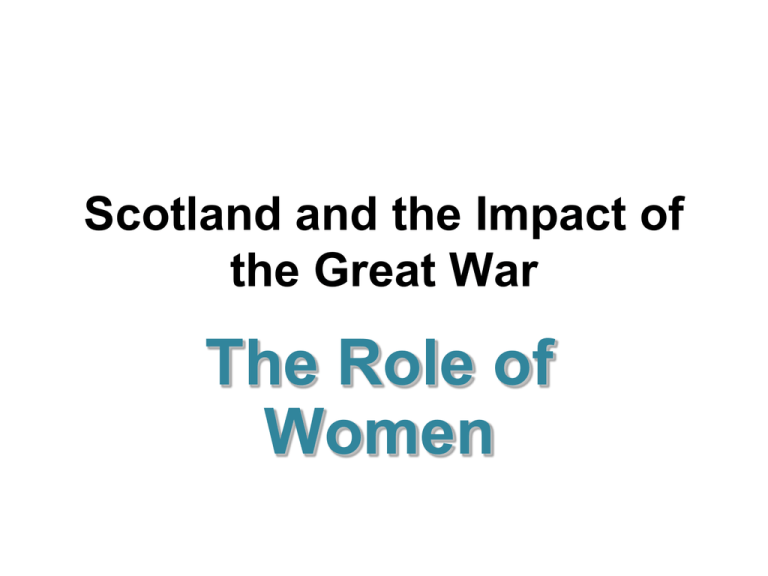
Scotland and the Impact of the Great War The Role of Women Lesson Starter What do you already know about women and WW1? Women and WW1 What we will look at: • Background to the War effort • Examples of war work • Dilution • Outcome of the war Before the War • Attitudes were beginning to change • Some women had access to better education, jobs and professions • They had more legal rights and male attitudes were changing • BUT they still had not vote which they saw as pivotal for improving the lives of women • By 1914 1,000 suffragettes were in prison Declaration of War • 4th August 1914 Britain declared war on Germany • 6th August 1914 NUWSS suspended campaign for the vote • Govt agreed to release all WSPU prisoners if campaign ended • Govt gave £2000 for WSPU campaign to get men to fight and women to serve. • WSPU renamed their newspaper ‘Britannia’ Mairi Chisholm • August 1914 aged 18, left Scotland and rode her motorbike to London to look for war work • Dr Hector Munro saw her and was organising a medical team going to Belgium • She said that it was a rescue and an emergency as Belgium had not expected war. Mairi Chisholm • Realised 1/6 men survived journey to hospital • Munro wanted to create a first aid post just behind the front line • Nurses worked there for 18 months • Worked for 48 hrs at a time • Under shell fire • Rescued pilots from no man’s land • Jan 1915 awarded the Order of Leopold by Belgium (Belgian VC) • March 1918 she was part of a gas attack, she lived but was not fit for duty Elsie Inglis • Studied at Edinburgh University and trained at GRI • Member NUWSS • Set up Scottish Women’s Hospitals Committee • Sent 1000 female doctors, nurses, orderlies and drivers to war zones across Europe and the Balkans Elsie Inglis • Set up 4 Scottish women’s hospitals • Lower disease rates than other military hospitals • She put up with terrible conditions, fighting, capture and repatriation • Died from cancer November 1917 Dilution of Labour • By 1916 it was evident that women were a vital part of the war effort • 30,000 women in Scotland were employed in munitions compared to 4000 in heavy industry before the war • Trade Unions were concerned with dilution of labour • Male workers had to serve as apprentices for several years yet women only trained for a few weeks • TUs thought that the higher wages of skilled male workers were under threat or that women would be employed as they were cheaper. • As demand for weapons grew there had to be a solution to the problem. • Solution by the Ministry of Munitions was to break down skilled work into smaller tasks which women could be trained in. • Munitions Act 1915 said women should have same wages but employers found ways round this. Munitions • Main centres were Glasgow, Clydebank and Gretna • Gretna ‘new town’ to house 9000 women and 5000 men • Dangerous conditions. Explosives nicknamed ‘the Devil’s porridge’. • 61 workers died from poisoning and 71 from explosions Photograph of Munitions workers 1914 Glasgow The Vote • Reward idea too simplistic • Women were ‘removed’ from their wartime jobs • Changes pre 1914 must be considered • It wasn’t those who risked their lives that got the vote. • Fear of Revolution and social disorder? (Rent Strikes/renewed suffrage campaign) • Need for franchise reform • War was temporary change -Long term very little actual change.
